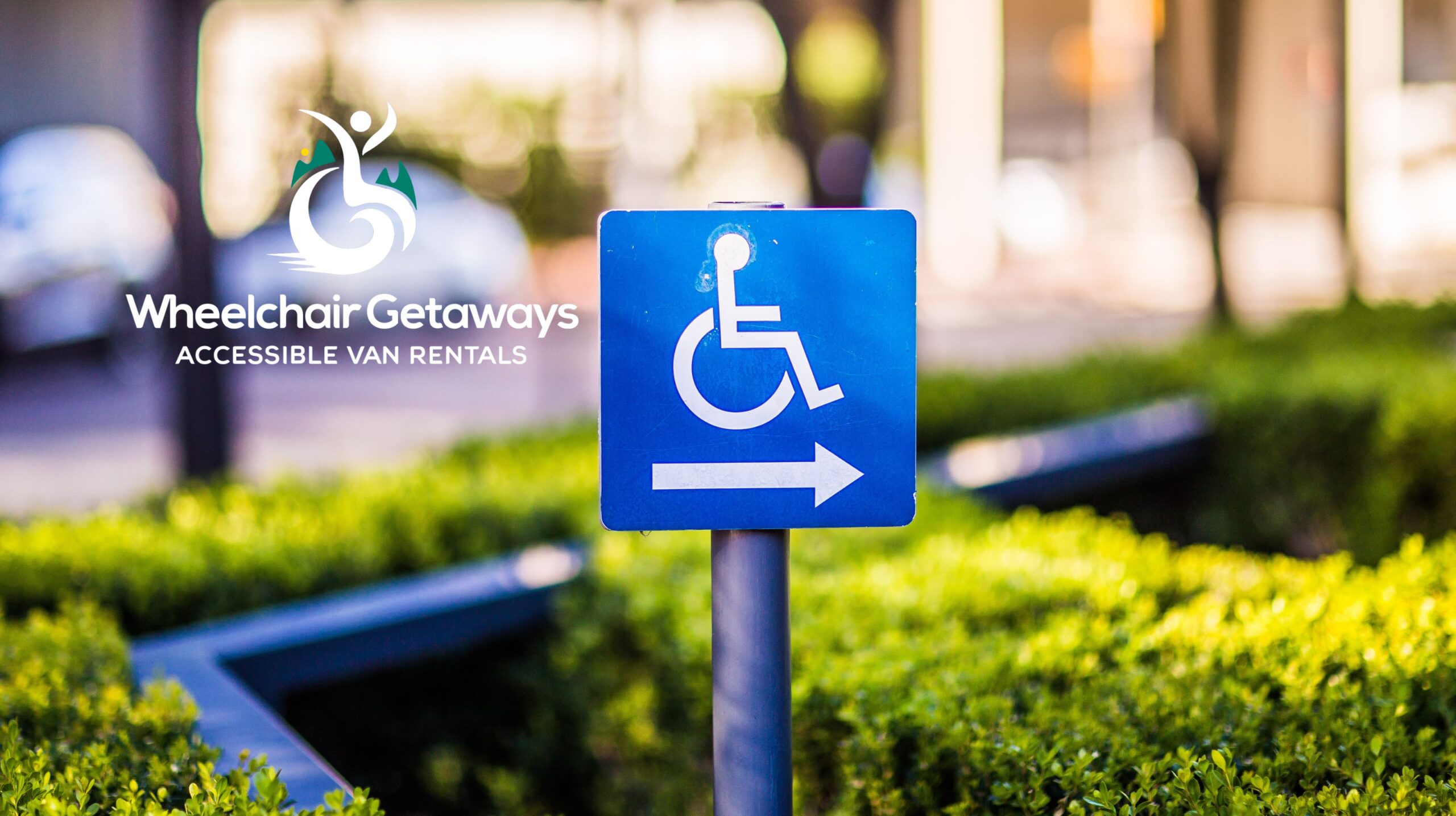Traveling to a foreign country comes with its unique set of challenges, especially when navigating the often-winding roads of accessibility. For example, you need to find ADA-compliant accommodation, make sure your car is outfitted with the right equipment, and be aware of any special laws or customs that may affect you while on vacation.
Among these challenges, a common concern for European travelers visiting the United States is whether their EU handicap placard can be used for disability parking. Unfortunately, the answer to this question is not as straightforward as you might think.
In this article, we’ll cover what an EU disability card is, how handicap parking laws vary across the globe, and how to obtain a temporary handicap parking permit while exploring the land of the Stars and Stripes!
What is a European Disability Card?
A European disability card, also known as a blue badge or handicap placard, is a special identification card that allows individuals with disabilities to park in reserved spaces. It’s often used for parking near medical facilities, shopping centers, and other areas where there are limited spaces for people with disabilities.
There are two types of EU disability cards: driver’s cards and passenger’s cards. The driver’s card is issued to a disabled individual who has a valid driver’s license and can drive themselves around. Since these cards are issued to the person in question, they are not transferable.
Passenger cards are issued to disabled individuals who don’t have a driver’s license and require someone else to drive them. The card allows the caregiver to park in reserved spaces, but it is not valid unless it is being used by the person who is eligible for the card.
Passenger EU disabled parking badges come with certain limitations to ensure they are used solely by the intended individual. One crucial restriction is that you cannot lend your EU handicap placard to friends, family members, or acquaintances, even if they’re running errands or shopping on your behalf.
Misusing the badge in this way could lead to a breach of the rules surrounding disabled parking placards and may result in a hefty fine or even the confiscation of the badge.
Is EU Handicap Placecard Valid in The USA?
The short answer is, yes. The European Union (EU) handicap placard is a valid permit for disabled parking in the United States, as long as it’s issued by a recognized member state. For example, an EU handicap placard from France would be fully honored here in America.
However, if you are using an EU disability card from another country that has not signed onto the European Conference of Ministers of Transport (ECMT) international agreement, then you won’t be able to use it for parking.
Even in states with reciprocity agreements, there may be limitations and exceptions. For example, some states may have their own restrictions on how long you can park in certain areas, while others require visitors to carry additional documentation or obtain a temporary permit to use a handicapped parking space.
In addition, some states may have restrictions on what types of disabilities are eligible for a placard or permit. To avoid any potential issues and fines, it’s crucial to check with the transportation department of the state you intend to visit before you travel there. Ask them whether they accept out-of-state or international permits for parking. If you are planning to visit multiple states while traveling, it may also be a good idea to look into getting a temporary permit that covers all of the states you’ll be visiting.

Like what you’re reading? Subscribe to our newsletter and get new updates directly to your inbox.
What Are the Qualifying Conditions for Disabled Parking in the USA?
In the USA, the qualifying conditions for disabled parking permits include, but are not limited to, the following:
- Inability to walk 200 feet without needing to rest
- Being an amputee or having any disability that requires the use of a walking aid such as a wheelchair, crutch, cane, or prosthetic device
- Respiratory problems or lung diseases that require the use of a portable oxygen tank
- Class III and IV heart conditions
- Severe limitations to walking due to an arthritic, neurological, or orthopedic condition
How to Obtain a Temporary or Visitor Disability Parking Permit in the USA
If you are a non-US resident traveling to the US for vacation or business purposes and fall into any of the above-mentioned qualifying conditions, you may be eligible to obtain a temporary disability parking permit. With this temporary placard, you’ll be able to park in designated spots close to your destination and avoid the hassle of long walks or crowded parking lots.
To get your hands on one of these valuable permits, simply check with the Department of Motor Vehicles (DMV) in the state you’ll be visiting. They’ll guide you through the process and ensure you have everything you need to apply. Generally, you will be required to provide the following information and documentation with your application:
- A copy of your driver’s license and state identification card
- A doctor’s note that outlines your disability and explains how it affects mobility
- A photo that shows your face clearly
- A copy of your vehicle registration form (if you have one)
It’s important to note that temporary disabled parking placards are only valid for a limited time, typically between one month and one year. In some states, you may need to renew your handicap placard after six months if it is not permanent.
Travel With Comfort With Wheelchair Getaways
Whether you’re traveling for business or pleasure, Wheelchair Getaways can help make your trip more comfortable. We offer a wide selection of wheelchair-accessible minivans and full-size vans that are perfect for transporting you and your loved ones. Our vehicles feature all the amenities you need to travel comfortably, including power lifts and wheelchair ramps. Contact us today to get a free quote and learn more about our wheelchair-accessible van rentals.
